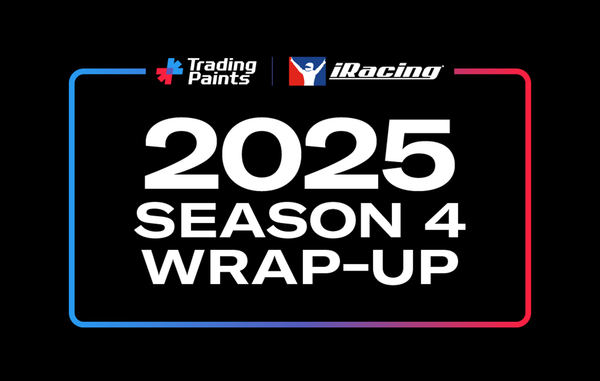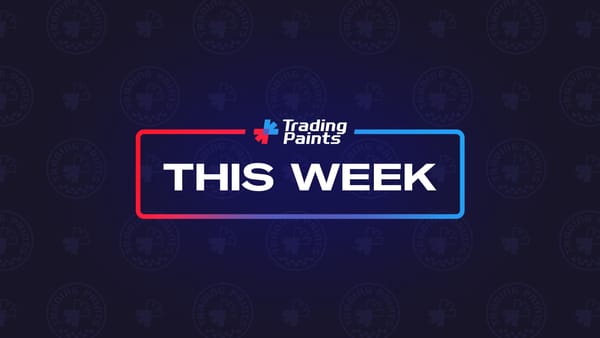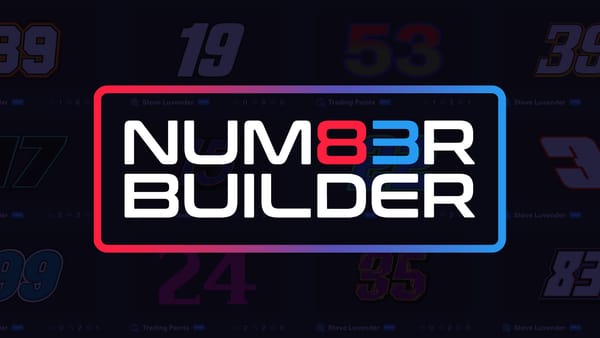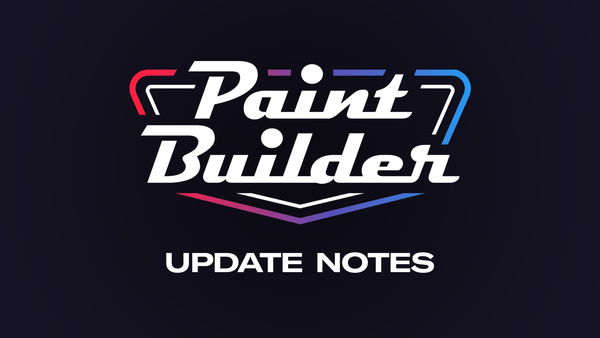Artist Spotlight: Kyle Williams
Kyle Williams, Graphic Designer at The Decal Source, shared his thoughts on his impressive career and insights into his process.

Fleetville, Pennsylvania’s Kyle Williams has been designing cars for as long as he can remember, cementing his place in the NASCAR design world as an individual of excellence, versatility, and inspiration. With an incredible 279 paint schemes hitting the track in just three years—and many more before that—Kyle’s work has become a fixture across NASCAR, IMSA, dirt racing, NHRA, and beyond. Chances are, one of your favorite designs originated from his imaginative mind.
1️⃣ How did you get your start designing?
I got my start designing professionally in 2014 at Himmer Graphics out of Scranton, PA for Scott Adams. There I learned the ins and outs of designing, printing, producing, and wrapping both race cars and commercial vehicles. Before that, as a little kid, I drew race cars and logos before I eventually moved up to the computer with NASCAR Racing 3, 4, and then finally NR2003 [NASCAR Racing 2003 Season]. NR2003 was a huge catalyst for me. That’s where I spent countless hours leading to years creating full car sets and original designs that I directly attribute to my career trajectory.
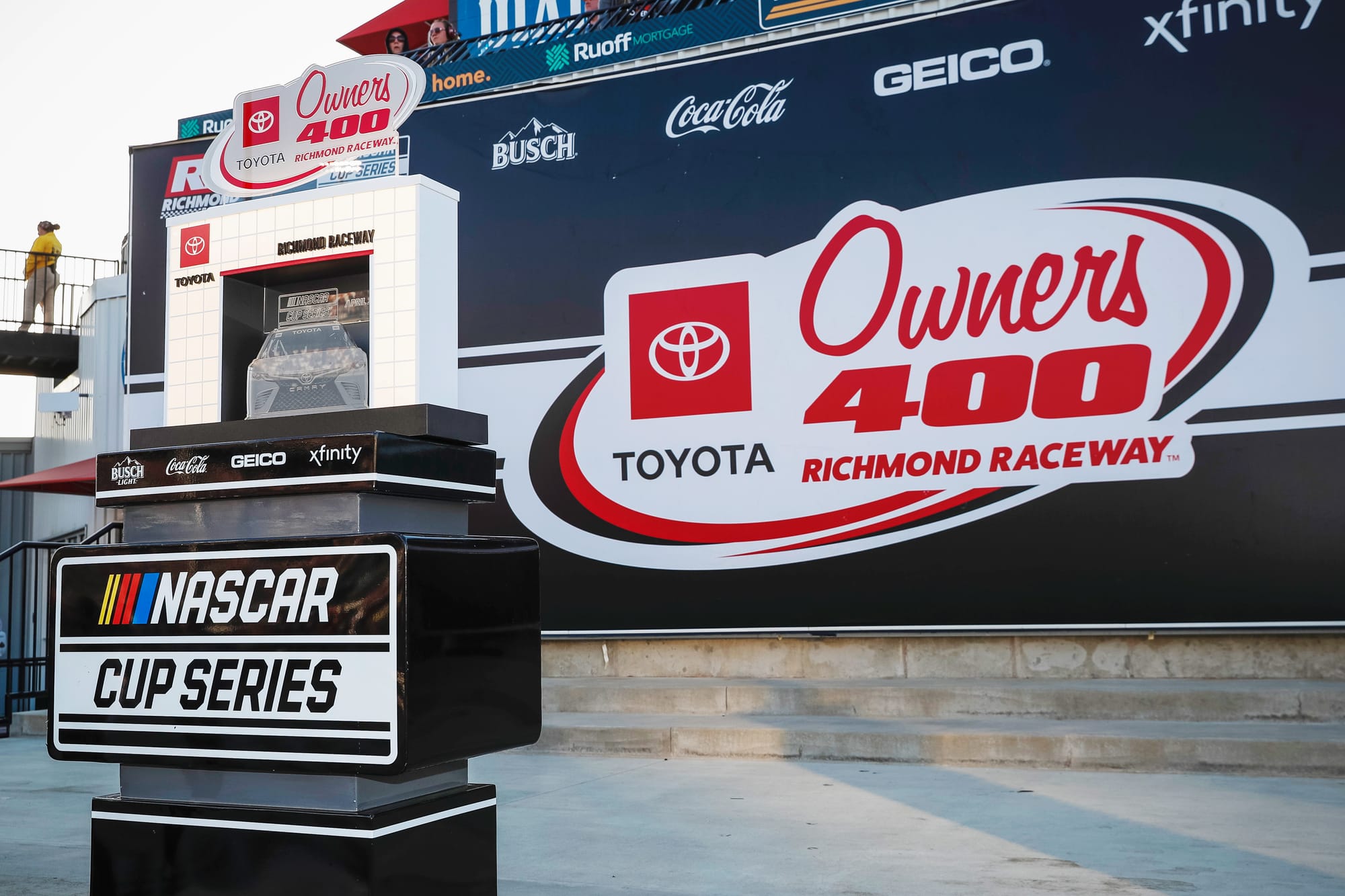
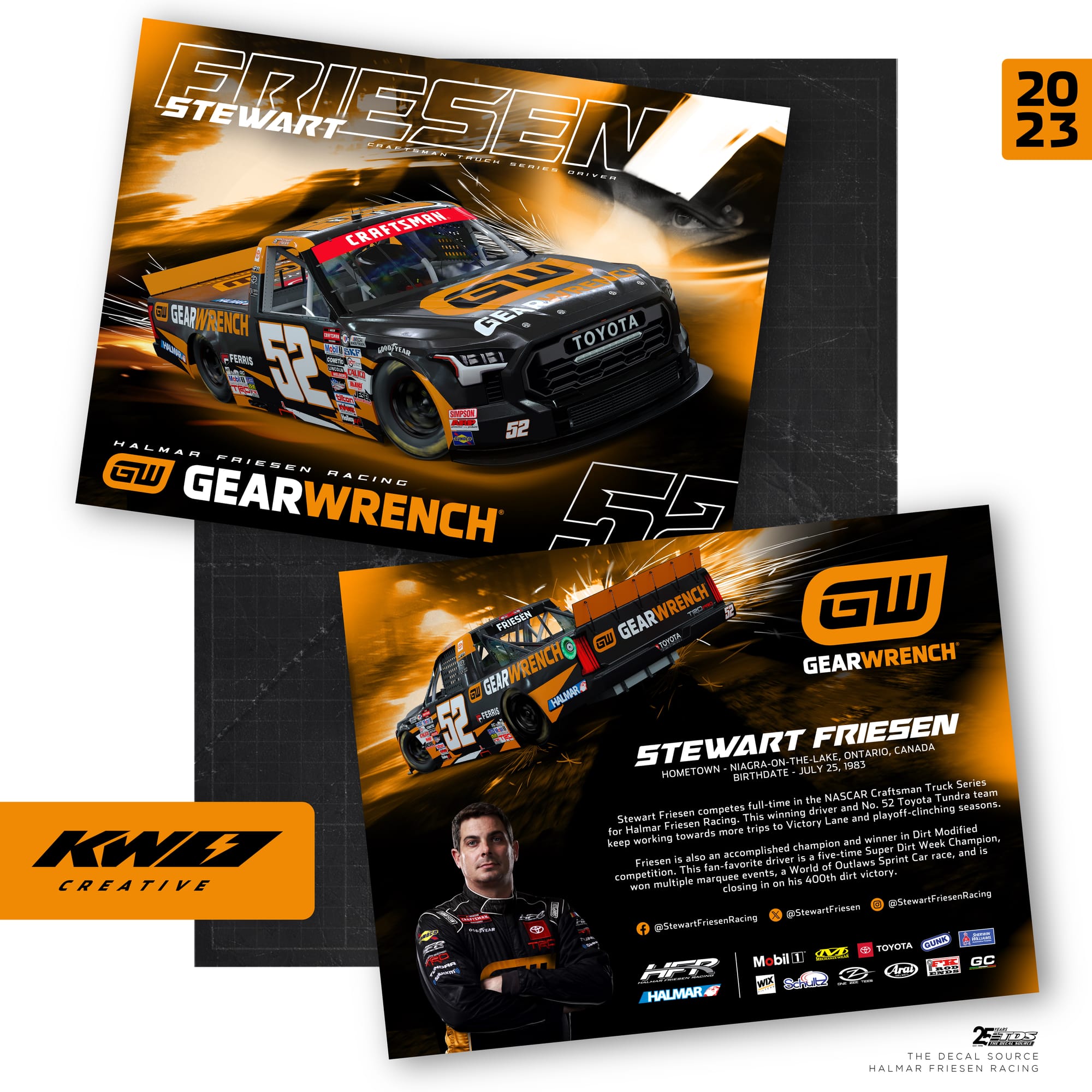
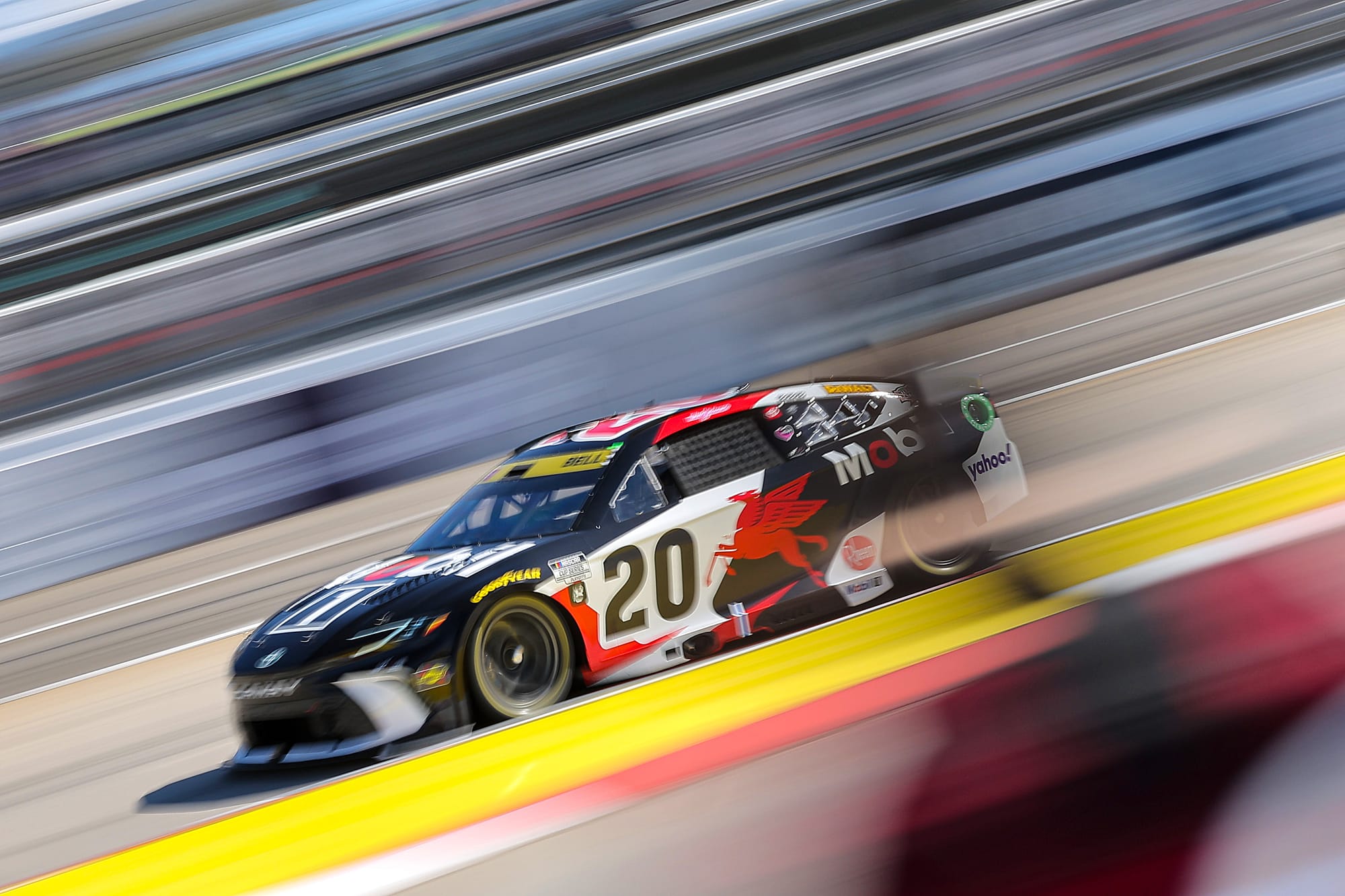
Kyle's career has blossomed from a graphics shop in Scranton, PA, to designing trophies, hero cards, and hundreds of on-track designs for some of the top drivers in motorsports. Images courtesy of Kyle Williams
2️⃣ Where do you turn for inspiration?
A lot of my inspiration stems from sprint cars and other dirt cars like northeastern big block modifieds. My first designs to hit the track were dirt cars in the PA/NY/NJ region. I really like how busy and angular a lot of those designs are, and I try to apply that in a simpler, cleaner form to NASCAR.
Sam Bass is also a very large inspiration for me, as well as countless other incredibly talented artists that are currently in the industry. The design community that exists today is amazing, and I’m able to bounce a lot of ideas off other artists. I believe a lot of what bonds this community is Sam’s legacy and our appreciation for the path he paved. He gave all of us little kids a dream to be a NASCAR artist.
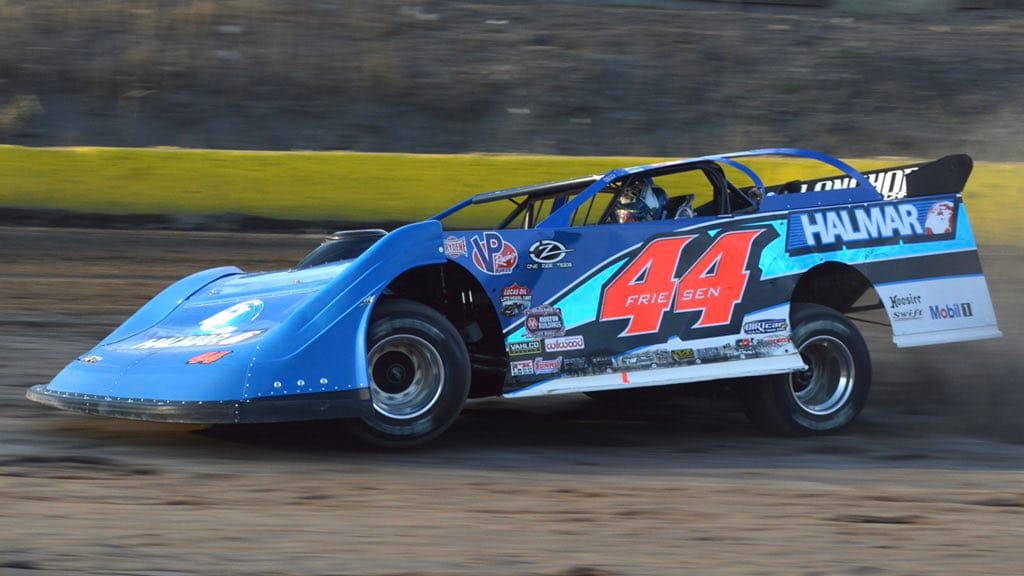
It's only fitting that Kyle's design roots extend to today's racing, as he previously performed design work for Stewart Friesen's dirt program. Photo courtesy of Kyle Williams
3️⃣ What project of yours are you most proud of and why?
I’m proudest of the first Cup car I ever had on track: Justin Marks’ 2018 GoPro Motorplex No. 15 for Premium Motorsports at the Charlotte Roval. I never in a million years would have ever thought I’d get the chance to have even one design make it to the track, let alone have hundreds and make a career out of it. I was able to see that car on track, up close and in person that weekend, too. That was one of my biggest dreams, dating all the way back to being a little kid. I remember telling myself, “If I could just get one someday…” Ten-year-old Kyle would be very proud of where I am today.

4️⃣ What’s your ‘trademark’ style that helps you stand out from other designers?
I like using sharp angles and blocky shapes to create bold designs. It’s been cool to hear that people can see one of my designs and know it’s mine without any markings telling you otherwise. I don’t believe my style is original to just me, though. I just find comfort in clean, bold, and angular designs with maxed-out sponsor logos.
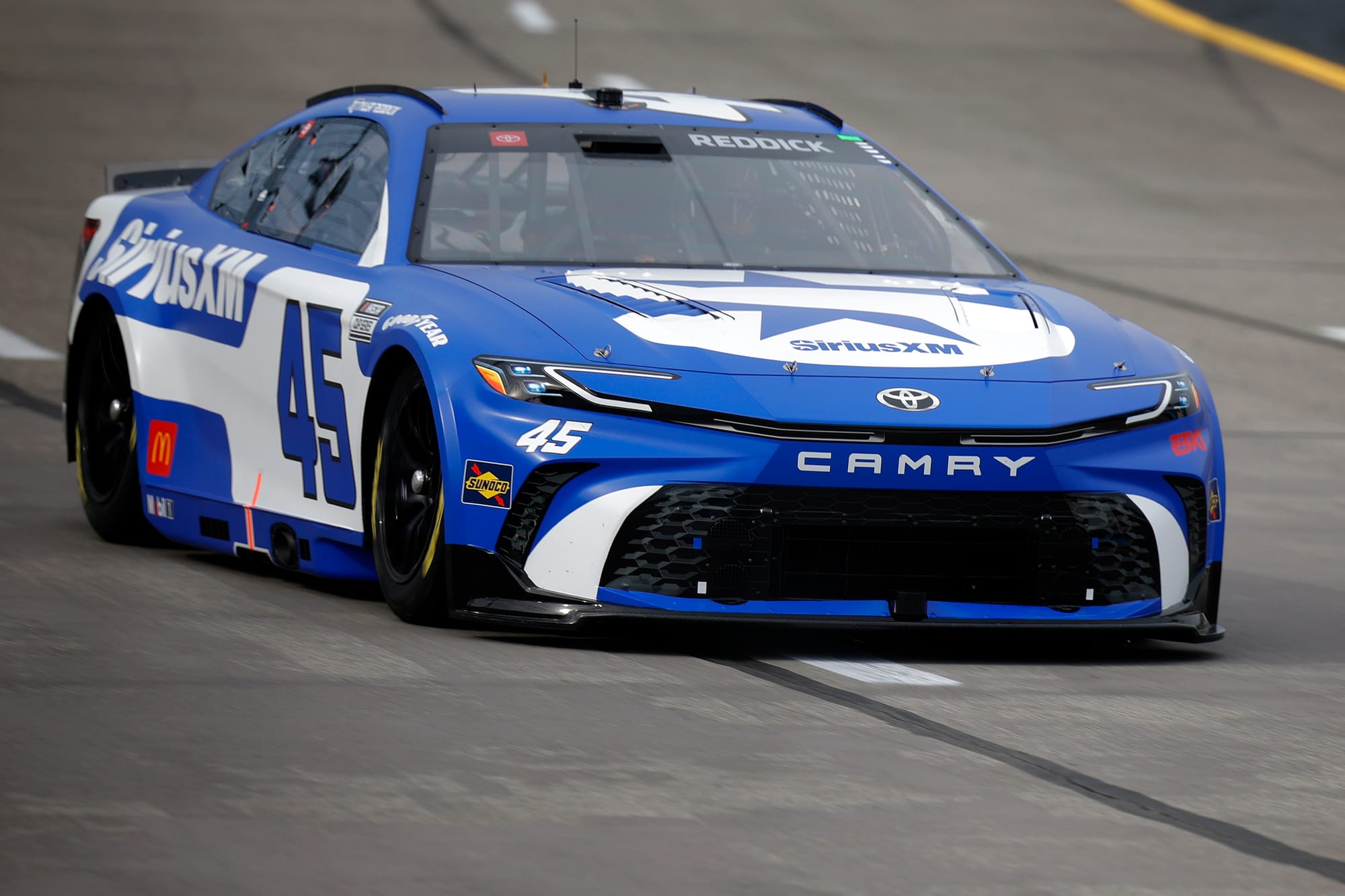
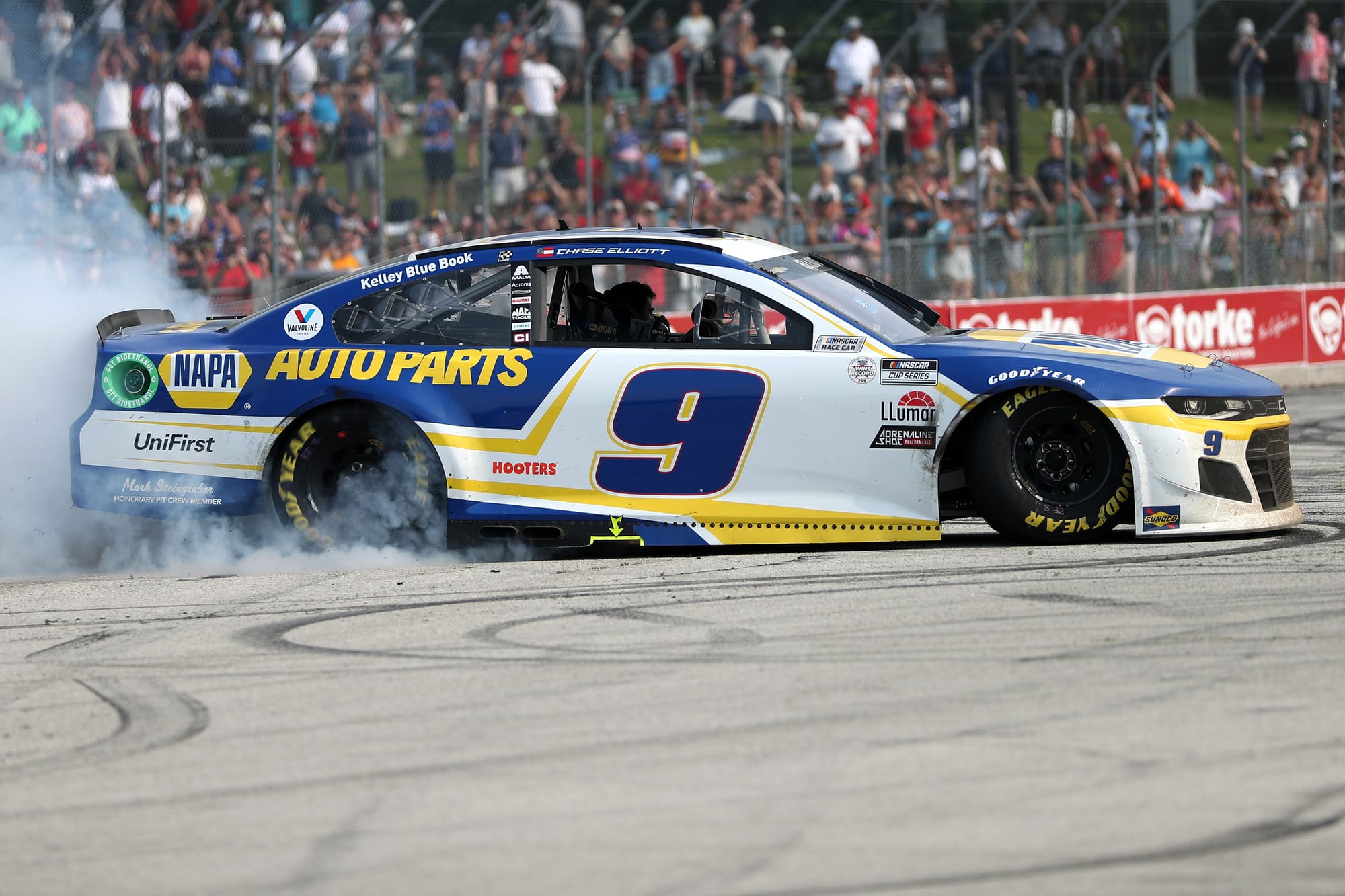
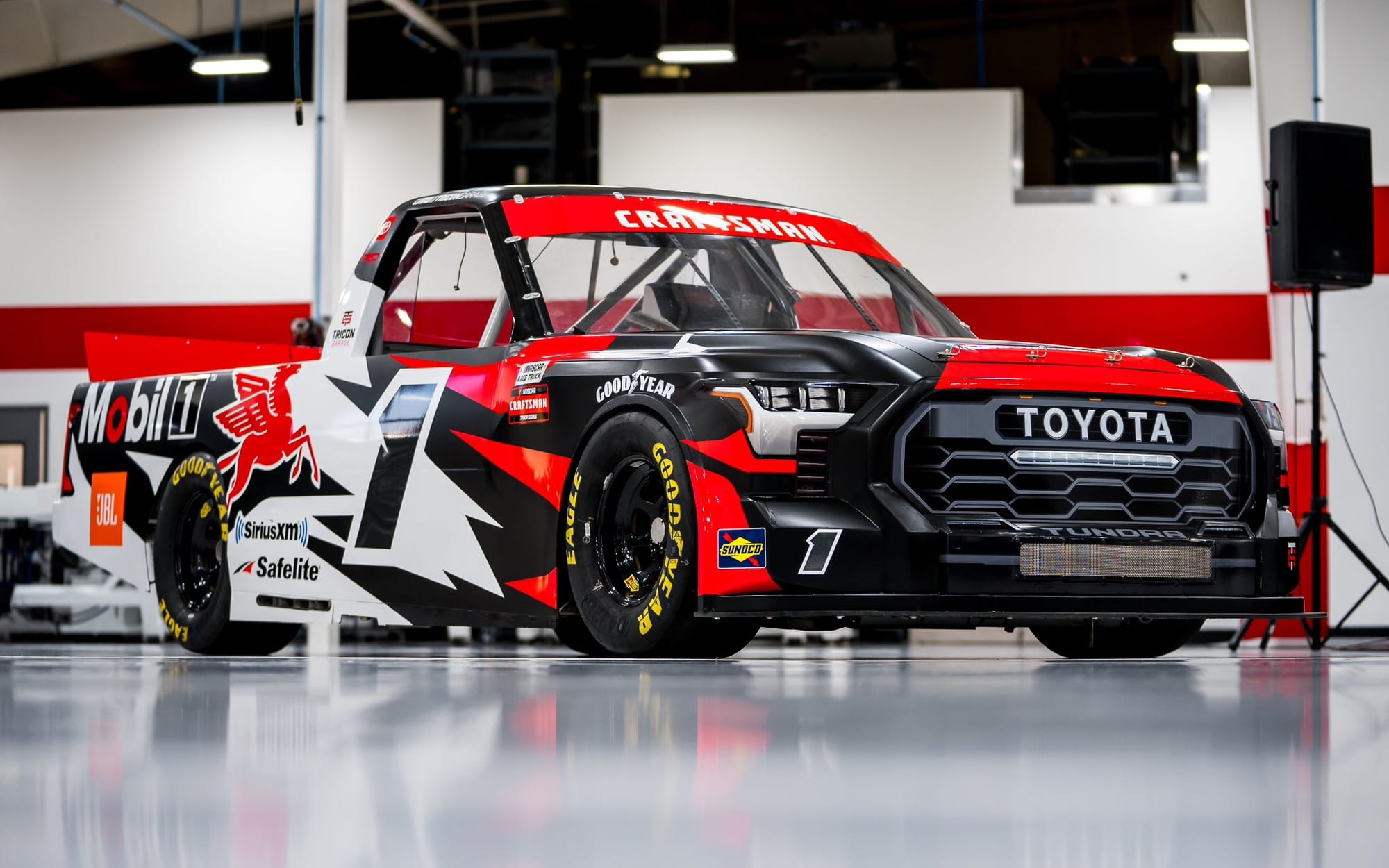
A few examples of Kyle's work in the last few years include Tyler Reddick's 2024 SiriusXM Camry, Chase Elliott's 2020 NAPA Chevrolet, and the reveal scheme of the No. 1 TRICON Toyota Tundra. Photos courtesy of Kyle Williams
5️⃣ In the last three years, you’ve designed a staggering 279 paint schemes that have hit the track across multiple series of racing. That’s a new paint scheme nearly every four days. How are you able to keep those creative juices flowing to deliver something different each time?
It’s mind-numbing to see the numbers behind how much work I’ve been able to produce since I got into the industry in 2018. Behind those 279 paint schemes that have made it to the track, there are hundreds of others that never saw the light of day, between various options given and sponsor proposals that never panned out.
Keeping things fresh is very difficult, but it helps a lot when a sponsor has great branding to start with. The more I can lean into a brand’s already existing image, the better. When that’s not a viable option, it’s fun to challenge myself to make a design work. In those cases, I will typically find a reference photo of a design style I like or take a previous design that didn’t make it to the track and use that as my base. From there, I’d build off of that design and morph it into something new that, by the end of the design process, I’m hopefully happy with.
It is mentally taxing, so taking time away is just as important as fully engrossing yourself in the design. Taking just half an hour away from a design I’m frustrated with or don’t like massively improves my perspective and helps end with something I’m proud of.
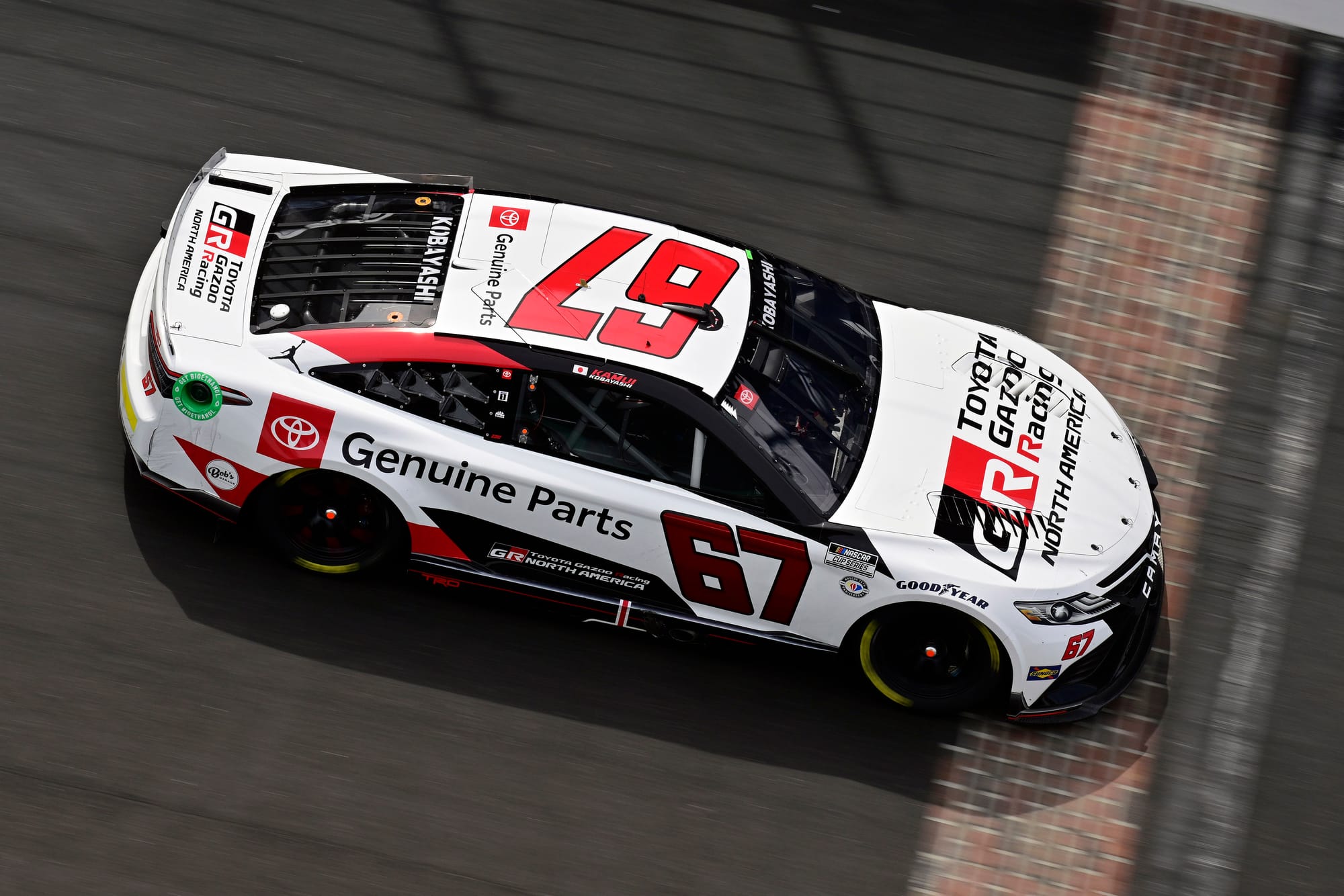

Kyle's skillset has crossed many NASCAR Cup Series teams including 23XI Racing, Kaulig Racing, and Joe Gibbs Racing. Photos courtesy of Kyle Williams
6️⃣ Working for a company like The Decal Source, you’re not only working on cars, but trophies, banners, hero cards, production car wraps, etc. What was one project that was an unexpected surprise to be asked to work on?
There are a lot of unexpected projects that were never on my radar that end of being some of the most fun. I would have never imagined having the opportunity to design anything in NHRA, let alone for a championship-winning team like Kalitta Motorsports. I’ve had a few designs on track with them, but most notably and recently, their gold Mobil 1 50th Anniversary Top Fuel dragster that Doug Kalitta drove at the NHRA Texas Fall Nationals. The car was adorned in matte black and gold chrome with Mobil 1’s iconic Pegasus. I was really happy with how that turned out.
NASCAR had always been my goal. Being able to branch out and design in these different professional series has been nothing short of surreal.
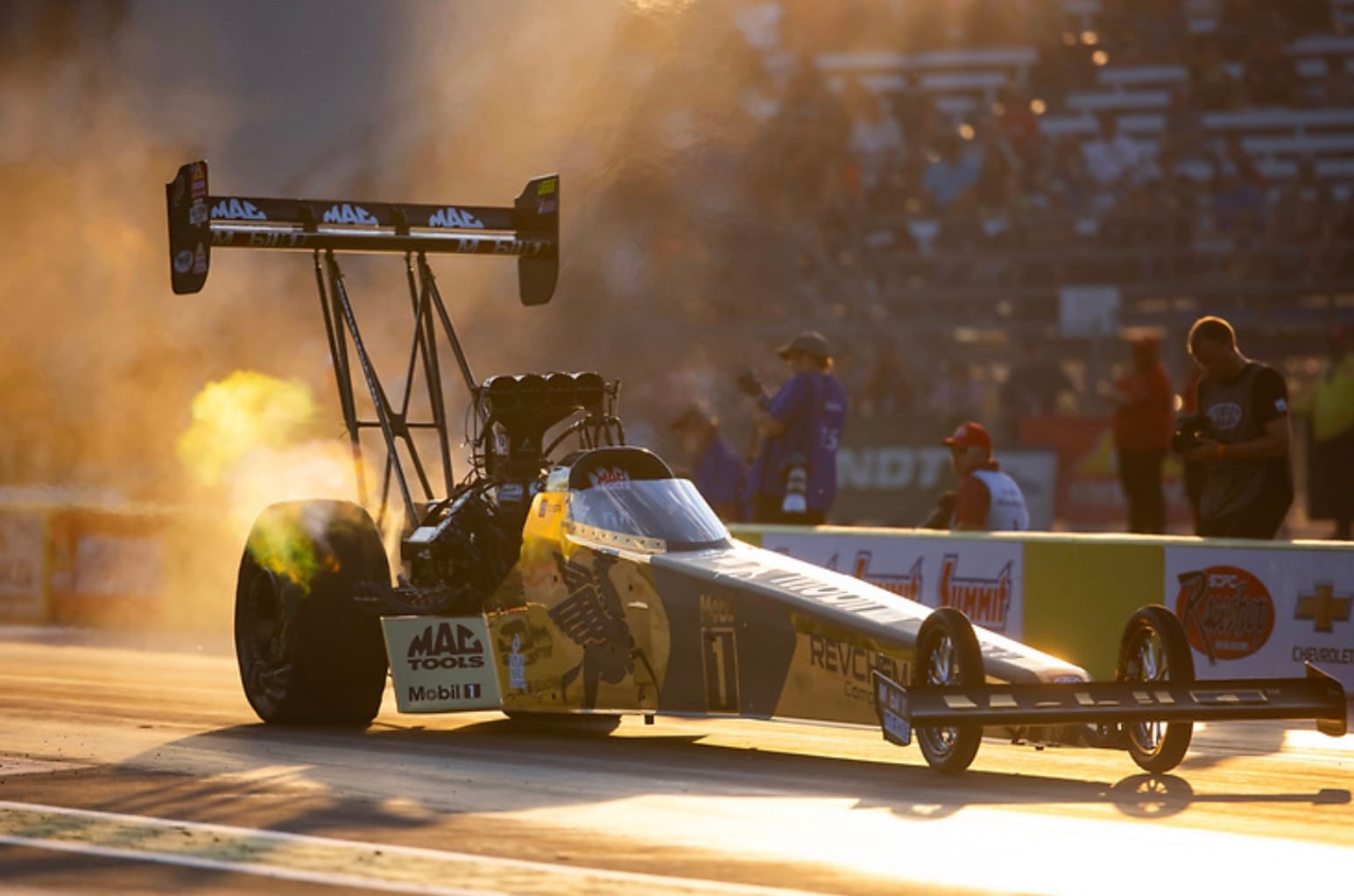
One of the many Mobil 1 liveries Kyle has designed, this one being featured at the NHRA Texas Fall Nationals with Doug Kalitta. Photo courtesy of Kyle Williams
7️⃣ Your designs span an impressive range, from NASCAR Cup to Xfinity, Trucks, Sprint Cars, NHRA, and Trans-Am. Which vehicle is your favorite to design, and which is the most challenging—and why?
Hands down, my favorite cars to design on are the NASCAR Xfinity Series body styles. I’m a traditionalist at heart when it comes to NASCAR—I love and miss the numbers on the door in the Cup Series. I love building a design around the number and the quarter-panel sponsor with contingencies up front; it just all ties together so well. The Next Gen Cup cars are still fun, but for me, it’s more satisfying to see how well you can balance a design out on the traditional format. I also believe large logos look best on the Xfinity bodies.

Plenty of Toyota Supras have adorned Kyle’s work over the past few seasons, with this CRUSH Strawberry Lemonade Supra for Kaz Grala becoming a fan favorite design for its bold design. P courtesy of Kyle Williams
The most challenging bodies to design on, for me, are NHRA Top Fuel dragsters. Despite the car being long, there isn’t a whole lot of real estate. It can be difficult to make a logo stand out if its natural orientation doesn’t sit well on the car to start. The car tapers towards the front, and that makes it difficult to build a design with associate sponsors near the nose. The cars also look best when the designs wrap up to the top, so trying to think in that three-dimensional space can be difficult. The car also has to be legible and make a statement in a very short amount of time, at 330+ mph.
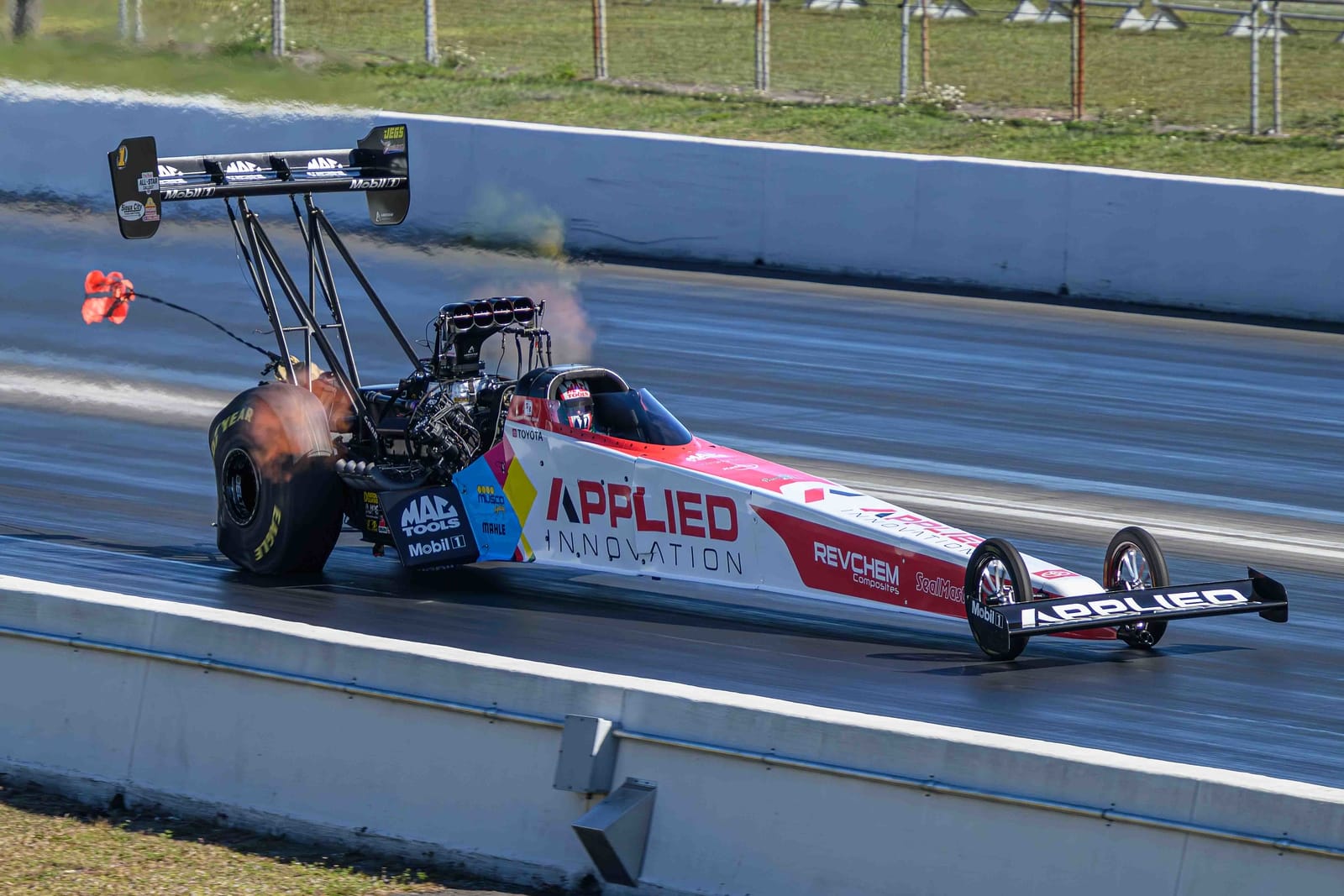
8️⃣ On the NASCAR side, 23XI Racing, Kaulig Racing, and Sam Hunt Racing are just a few examples of teams where your work has been placed. With each team having their own styles and guidelines, what’s that challenge like?
It’s not a terrible challenge to design for different teams from a style or guidelines standpoint. Each team does have their own identity, but I’ve been lucky many of the teams I’ve done work for are very open to my personal style or design input.
I absolutely take into consideration other designs the team has run before and certain design queues the team that may repeat across all their cars. I try not to let those weigh too heavily on my design process, though, because you can really start to box yourself into a corner and start to question your design.
The most difficult situation I’ve run into is designing cars across multiple disciplines of racing within a short amount of time. Adjusting your design style from a Cup car to a micro sprint an hour later is very challenging at times. The design rules from series to series, along with general style, can be difficult to acclimate to when you have to adjust your design approach.
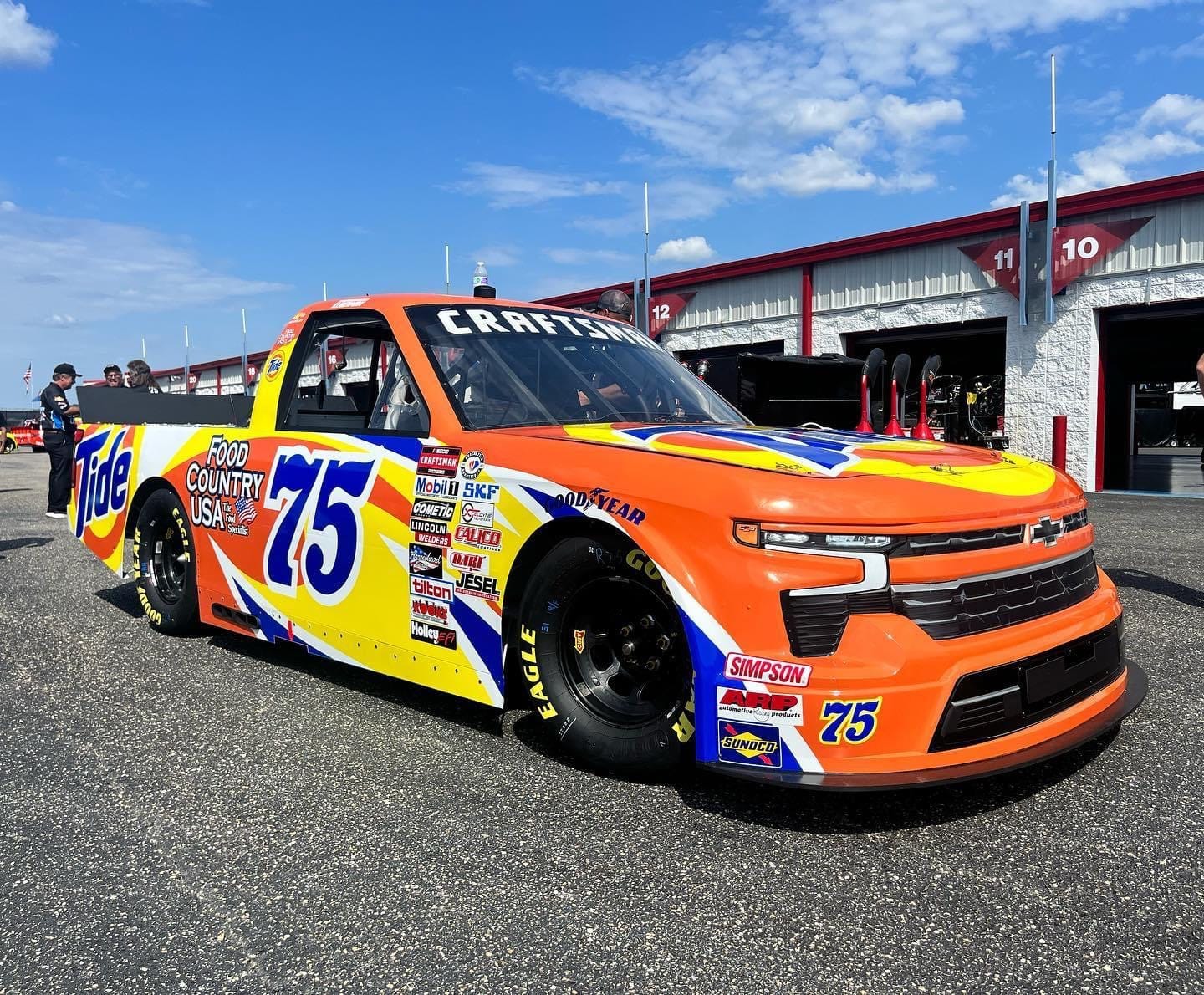
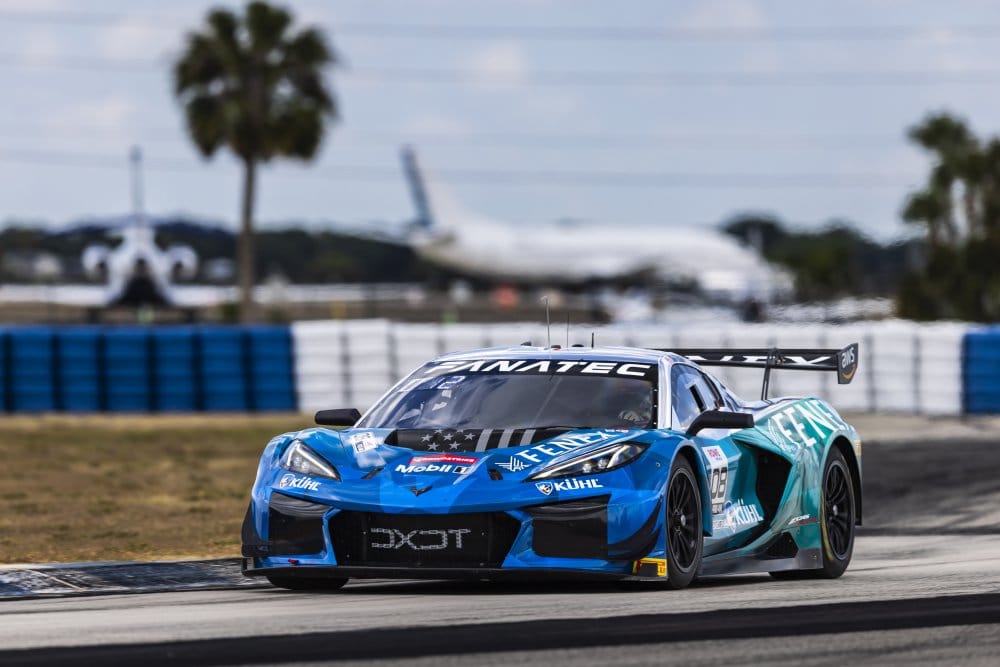
Having to keep in mind different design rules and regulations for each avenue of racing, versatility is a key skill that Kyle has acquired with every new design. Photos courtesy of Kyle Williams
9️⃣ Share a design tip for people just getting started.
The best advice I can give is to never stop designing.
Designing professionally and for a personal creative outlet can get difficult or frustrating at times. It’s easy to give it up, but I promise it’s worth it to continue and challenge yourself to grow as an artist.
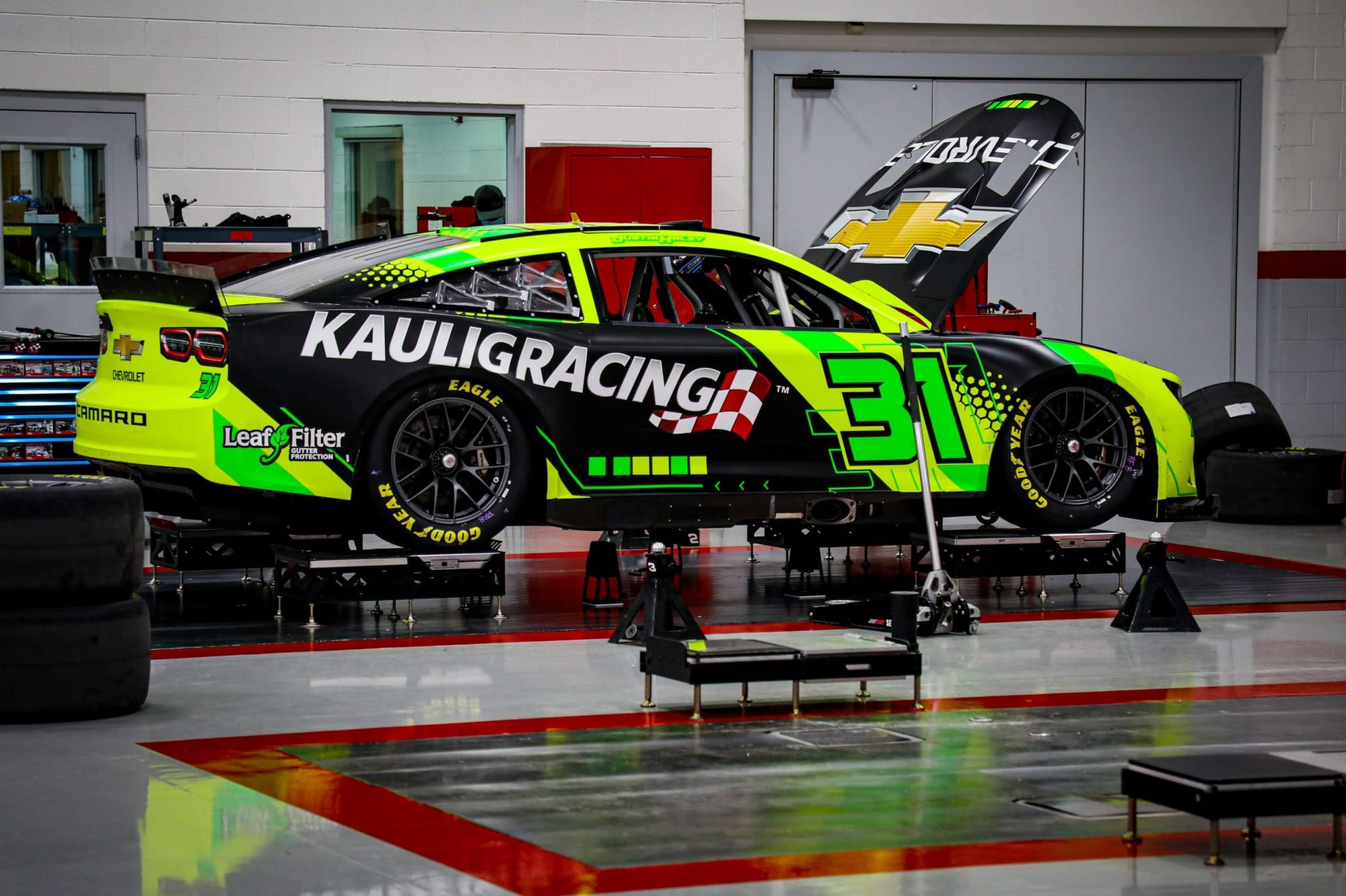

Photos courtesy of Kyle Williams
Editor’s Note: This is the first Artist Spotlight by Michael Carey, who will be leading our popular blog series starting in 2025. To learn more about Michael, check out last month’s Artist Spotlight, where he was featured.

